A west side story: 50 years of the Met
After decades of searching, opera in New York found a home in the Upper West Side. Archivist Peter Clark celebrates its half-century
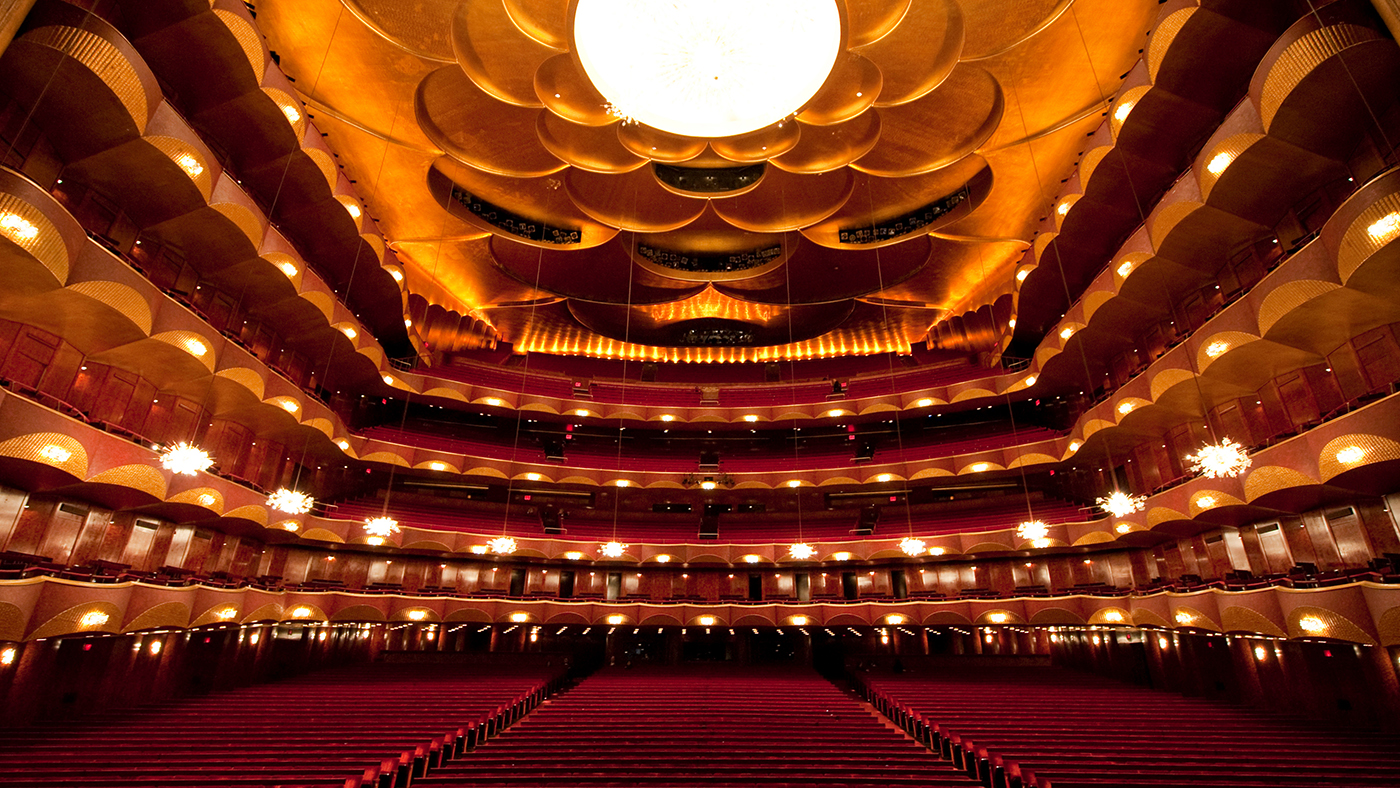
The original Metropolitan Opera opened in 1883 on Broadway and was built with investment from the new class of wealthy industrialists such as the Vanderbilt and Roosevelt families, who were being excluded from the few boxes available at the Academy of Music opera house. The Met had a gorgeous auditorium – lots of boxes – and a big stage, but they didn't worry too much about backstage facilities. There were very small wings, there was no rehearsal space and they had to keep the sets on the pavements between acts.
As early as the 1920s, there were attempts to build a new opera house. The Rockefeller Center was built because the Met persuaded John D Rockefeller to lease land for it. But after the Wall Street Crash, they couldn't afford to build it, so Rockefeller proceeded to build Radio City Music Hall and the rest of the complex alone. There were further plans to build the new Met at Columbus Circle and by Washington Square over the decades, as well as different designs that resemble a history of 20th-century architectural development.
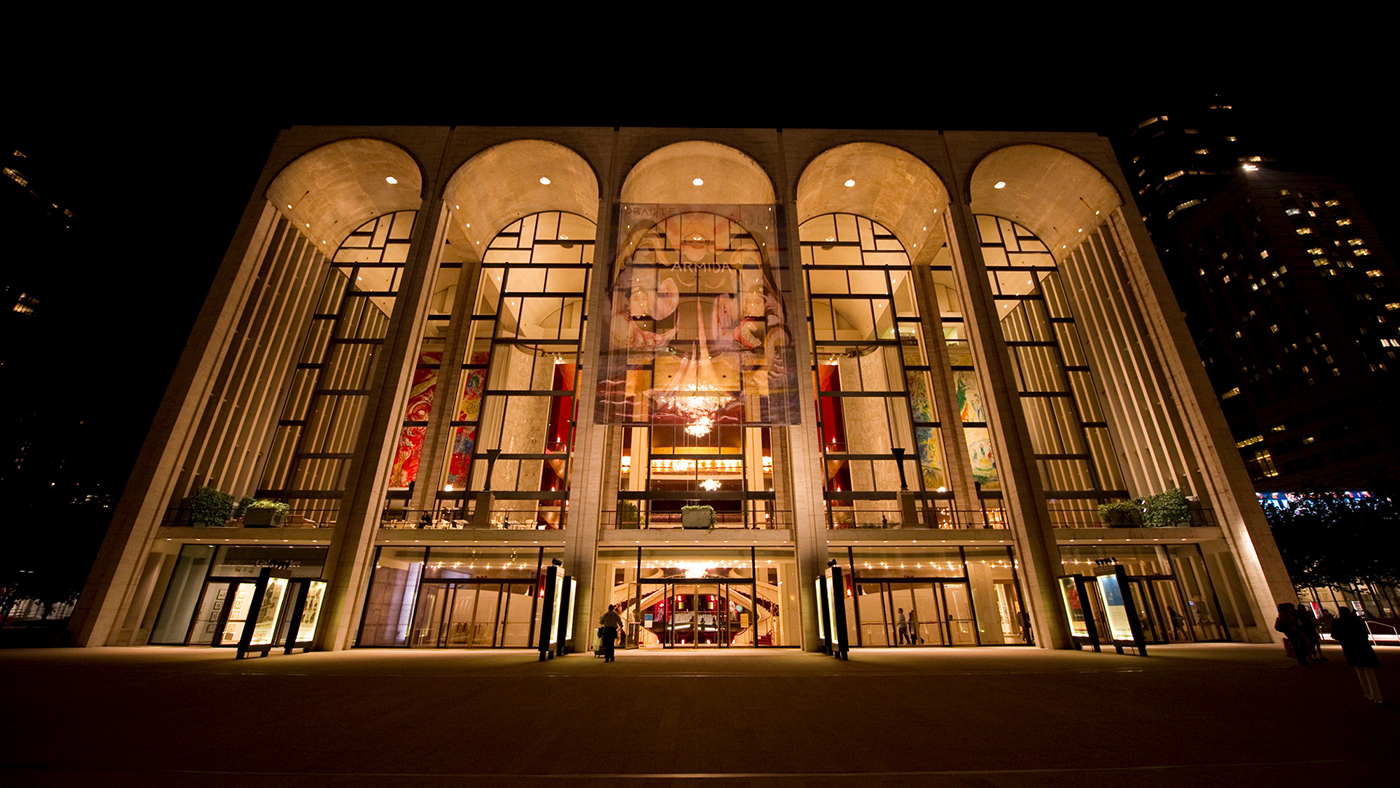
Finally, at the beginning of the 1960s, New York's head of urban renewal offered the Met the area around Lincoln Square, on the west side of Central Park. Again, there were many plans: one looks like St Peter's in Rome; another remarkably like the Sydney Opera House, and a third, including an office building, was abandoned because they thought: "Who'd rent office space in the neighbourhood of West Side Story?" That was a big mistake – the rent would probably have supported the opera in perpetuity.
The Week
Escape your echo chamber. Get the facts behind the news, plus analysis from multiple perspectives.

Sign up for The Week's Free Newsletters
From our morning news briefing to a weekly Good News Newsletter, get the best of The Week delivered directly to your inbox.
From our morning news briefing to a weekly Good News Newsletter, get the best of The Week delivered directly to your inbox.
The final design was the dramatic Modernist building in travertine marble with huge windows and clean lines you see today, created by New York architect Wallace K Harrison, who was also in charge of the master plan for the entire Lincoln Center, which includes the Juilliard School, New York State Theater and so on.
The general manager who supervised the move to the new Met was an Austrian called Rudolf Bing. He'd been in the job since 1950 and this was his opportunity to fulfil his ambitions for the opera. The old Met had a reputation for attracting great singers but mounting very conservative productions.
For the opening night - 16 September 1966 - Bing commissioned the US composer Samuel Barber to write a new opera, Antony and Cleopatra, with the great African-American soprano Leontyne Price. Franco Zeffirelli wrote the libretto and staged it. Zeffirelli, who is best known as the director of films such as Romeo and Juliet and Endless Love, continued to work with the Met for decades. His 1981 production of La Boheme, with its lavish, crowded street scenes and mock sword fights across Parisian roofs, is an ever-popular production still in the repertoire in this 50th-anniversary season. The other new production was La Gioconda, with two big Italian stars, Renata Tebaldi and Franco Corelli.
But Bing wanted to have other well-known names involved, too, not only singers. He hired the photographer and theatre designer Cecil Beaton to design the costumes and set for La Traviata – which he also photographed for Vogue. Some of the costumes from the 1966 production are on display around the opera house this season.
A free daily email with the biggest news stories of the day – and the best features from TheWeek.com
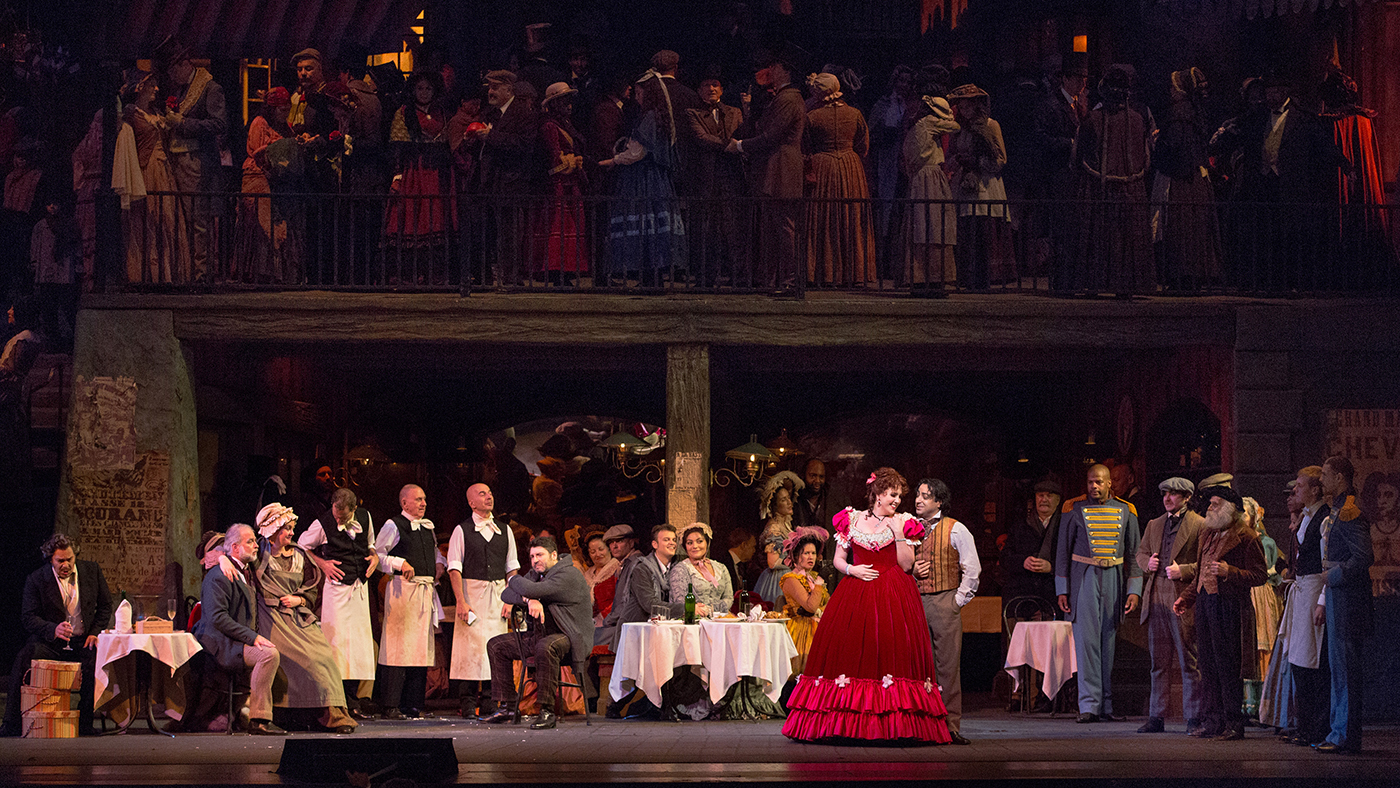
The unexpected hit was Richard Strauss's Die Frau ohne Schatten – largely as a result of the state-of-the-art technology, which included seven stage elevators so the audience would be watching the action at the front when, suddenly, a new set would appear at the back while the performance continued. At the time, audiences had seen nothing like it. It's still popular today.
Bing was incredibly well connected. He knew Benjamin Britten so put on a production of Peter Grimes, which worked well. He persuaded Birgit Nilsson to perform Strauss's Elektra. And he was also friends with the painter Marc Chagall, whom he managed to get to design the production of Mozart's The Magic Flute because of its magical fairy-tale theme. Bing followed up by asking Chagall to paint two huge murals, The Triumph of Music and The Sources of Music. Each measuring 30ft by 36ft, they dominate the lobby, hanging over the restaurant and bar. If you visit, do ask for an annotated guide to the fascinating references in them.
The Metropolitan Opera's 50th Anniversary season continues into 2017 with a number of gala premieres: Gounod's Romeo et Juliette (New Year's Eve), Dvorak's Rusalka (2 February), Strauss's Der Rosenkavalier (13 April) and a celebratory repertoire on 7 May. On regular performance nights, you can book tickets and enjoy dinner or cocktails in the intervals. You can also watch operas from the Met live in cinemas in the UK; metopera.org
PETER CLARK joined the Metropolitan Opera in the 1981–82 season and retired as press director 33 seasons later. He took charge of the archive in early 2016. He was talking at an evening to celebrate the launch of The Glenlivet Winchester Collection Vintage 1966 – a rare single-malt whisky distilled the same year as the opening of the Met; theglenlivet.com
-
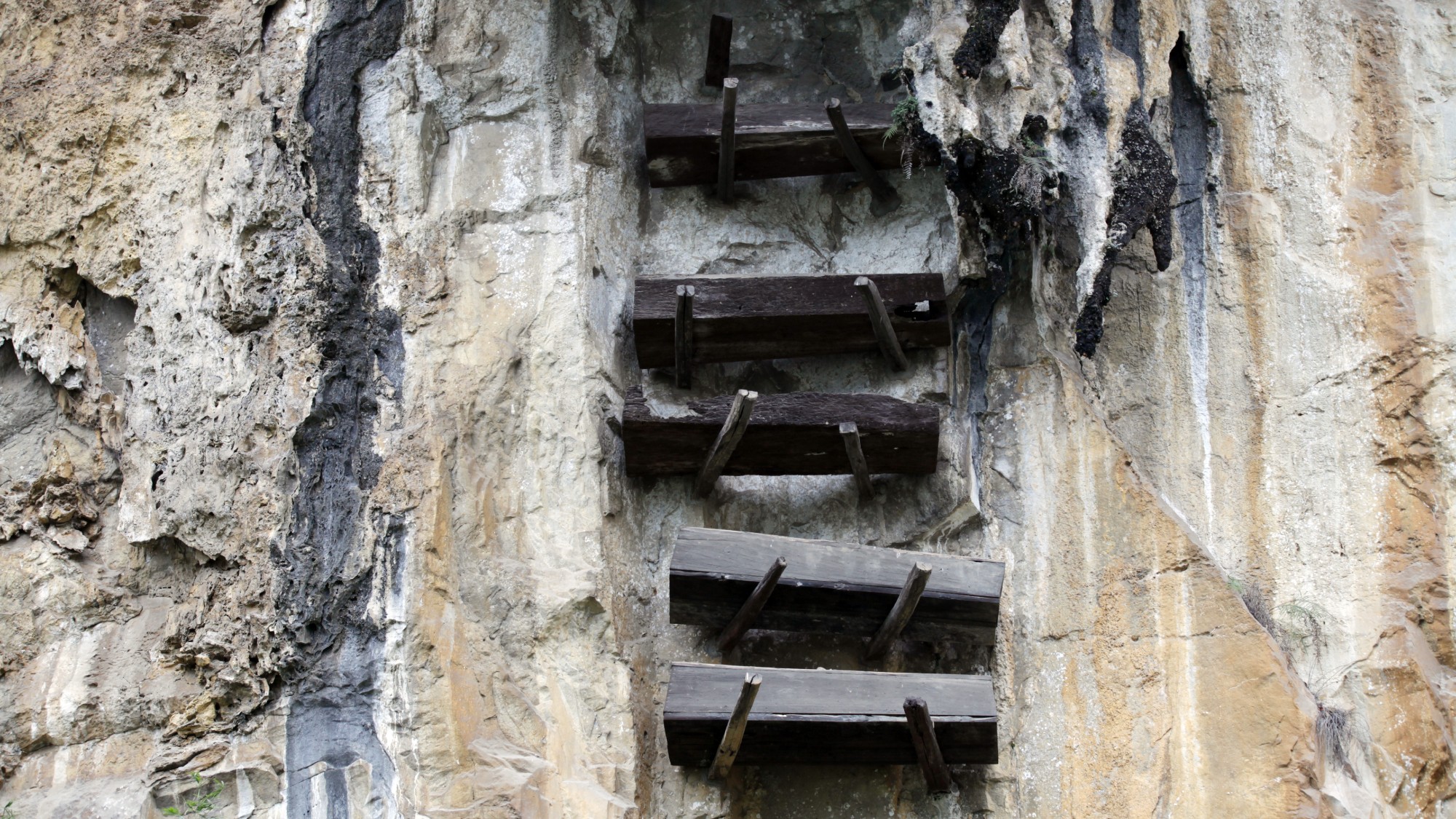 The curious history of hanging coffins
The curious history of hanging coffinsUnder The Radar Ancient societies in southern China pegged coffins into high cliffsides in burial ritual linked to good fortune
-
 The Trump administration says it deports dangerous criminals. ICE data tells a different story.
The Trump administration says it deports dangerous criminals. ICE data tells a different story.IN THE SPOTLIGHT Arrest data points to an inconvenient truth for the White House’s ongoing deportation agenda
-
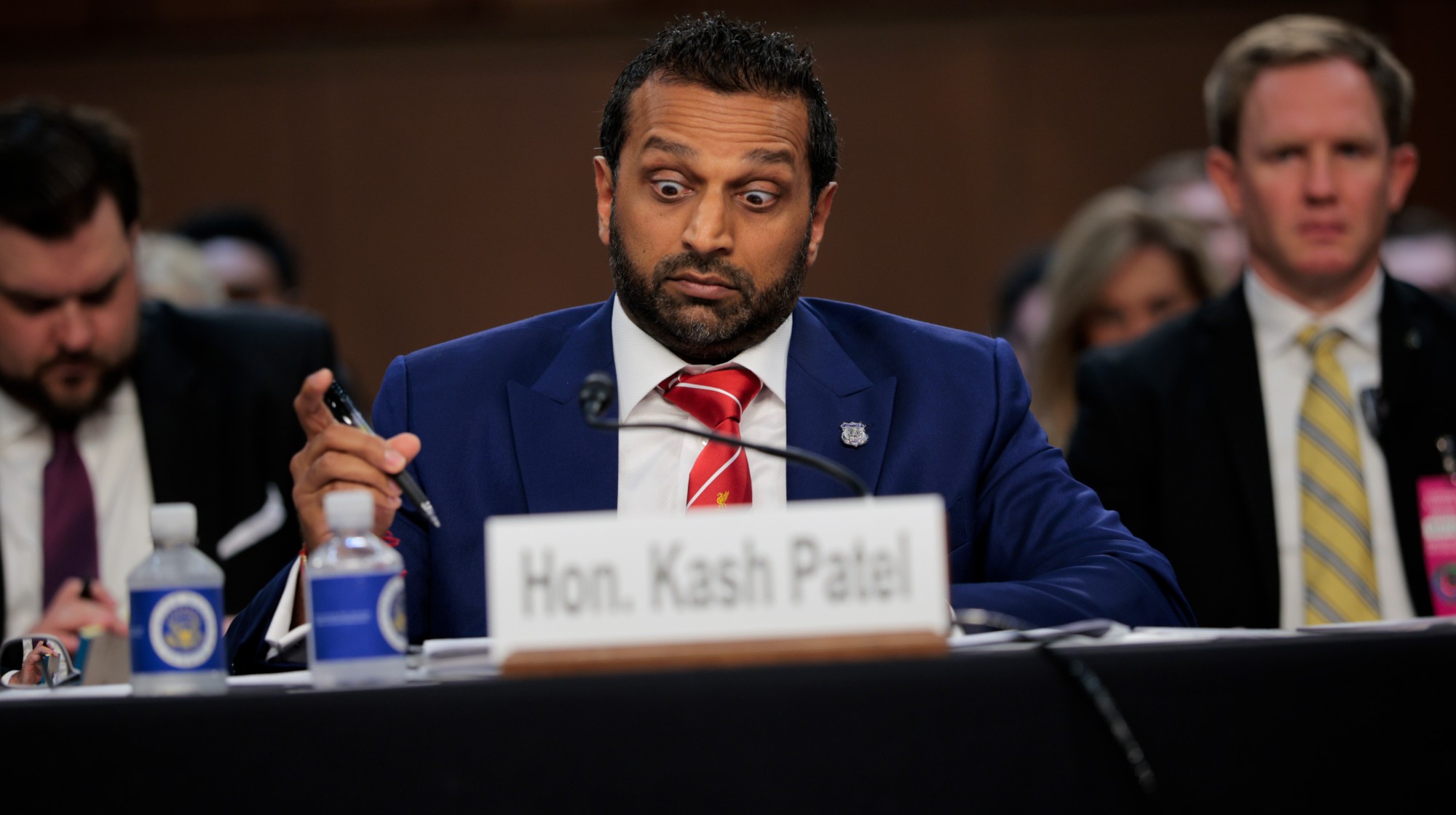 Ex-FBI agents sue Patel over protest firing
Ex-FBI agents sue Patel over protest firingspeed read The former FBI agents were fired for kneeling during a 2020 racial justice protest for ‘apolitical tactical reasons’
-
 Why photo booths are enjoying a revival
Why photo booths are enjoying a revivalIn The Spotlight It’s 100 years since it first appeared, but the photo booth is far from an analogue relic
-
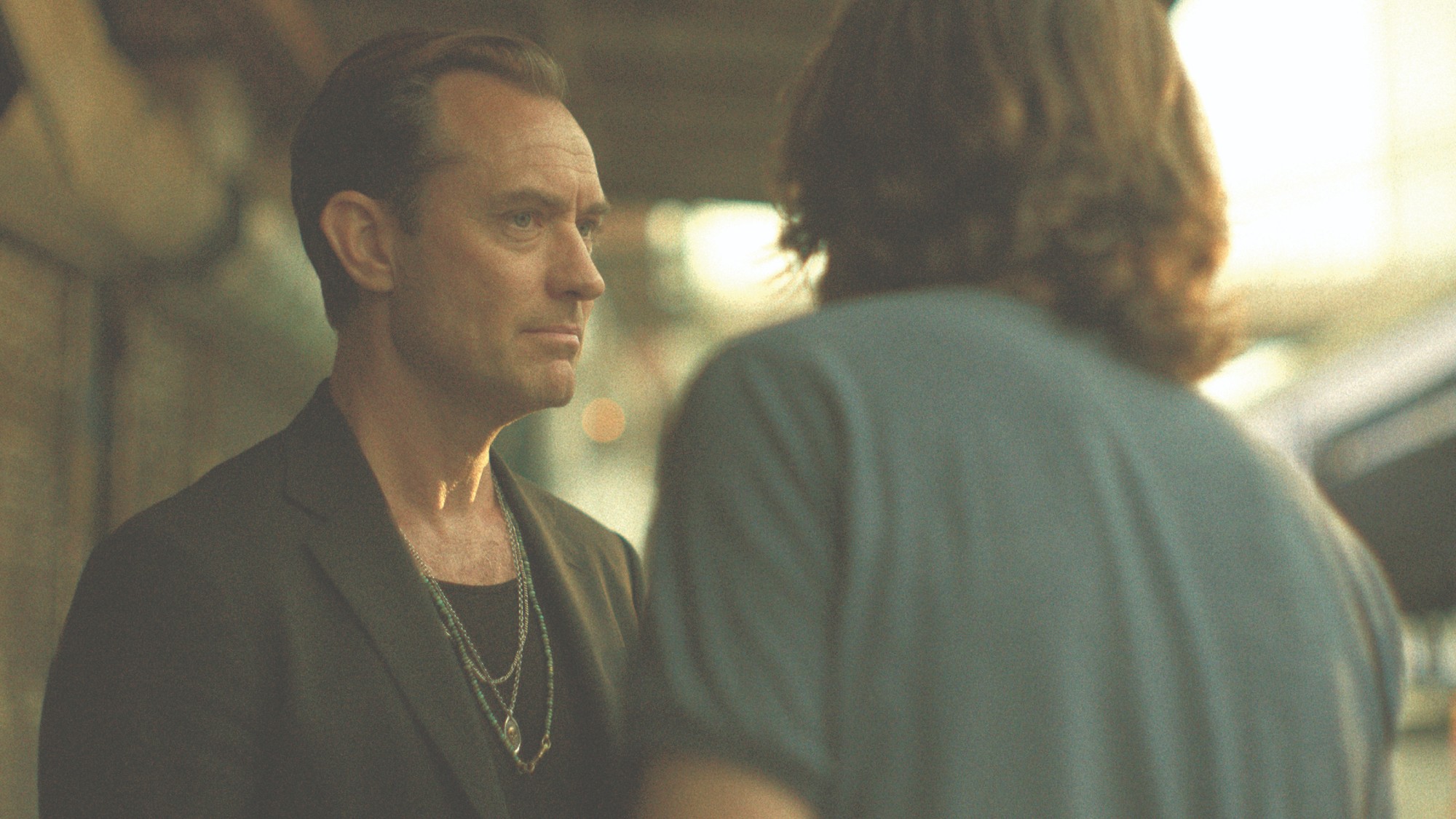 Black Rabbit: slick crime thriller set in a high-end New York restaurant
Black Rabbit: slick crime thriller set in a high-end New York restaurantThe Week Recommends Two Manhattan brothers resort to ‘ever-more high-stakes’ schemes to tackle ‘huge’ gambling debts in the ‘glossy’ series
-
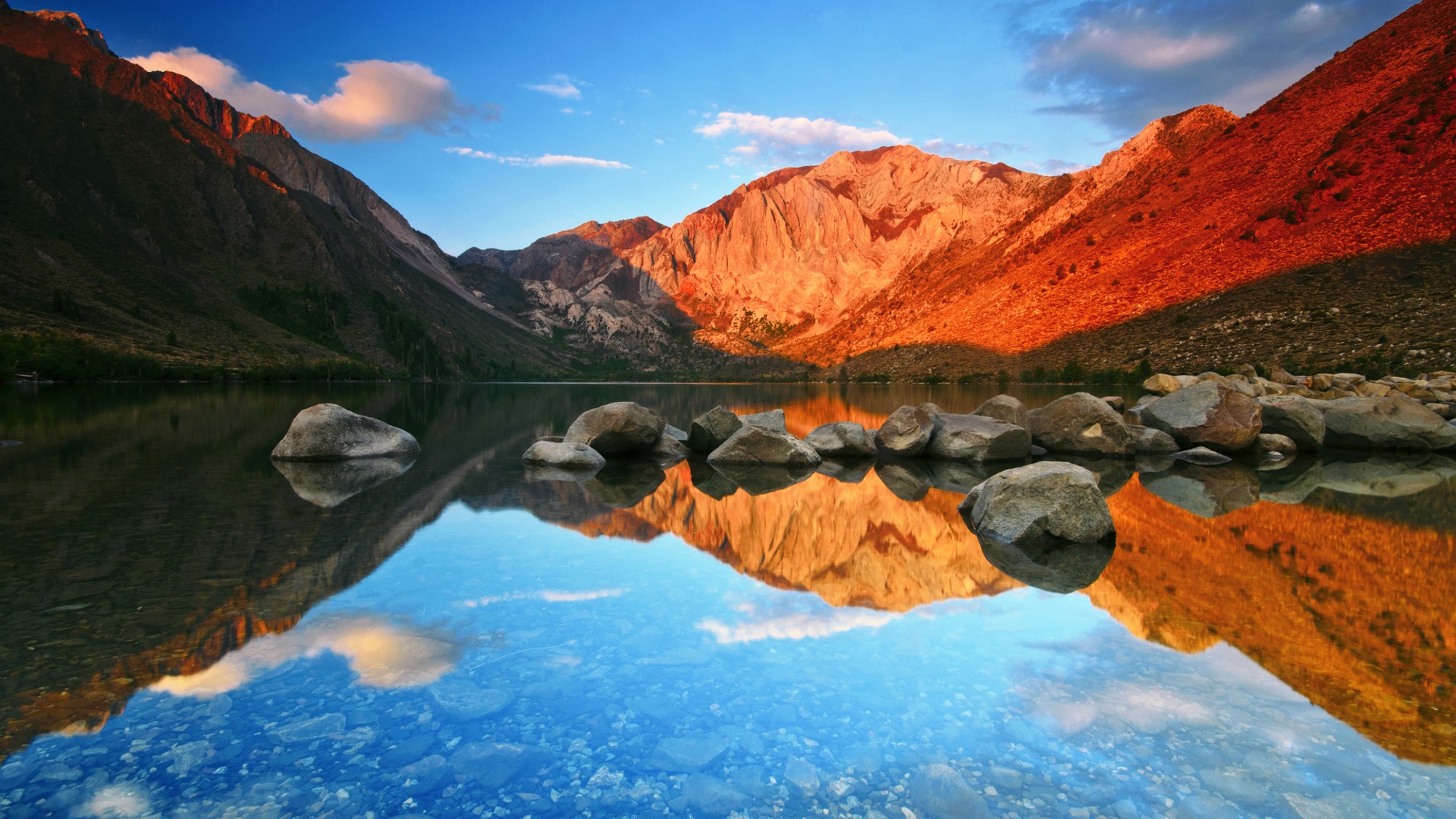 Say farewell to summer at these underrated US lakes
Say farewell to summer at these underrated US lakesThe Week Recommends Have one last blast
-
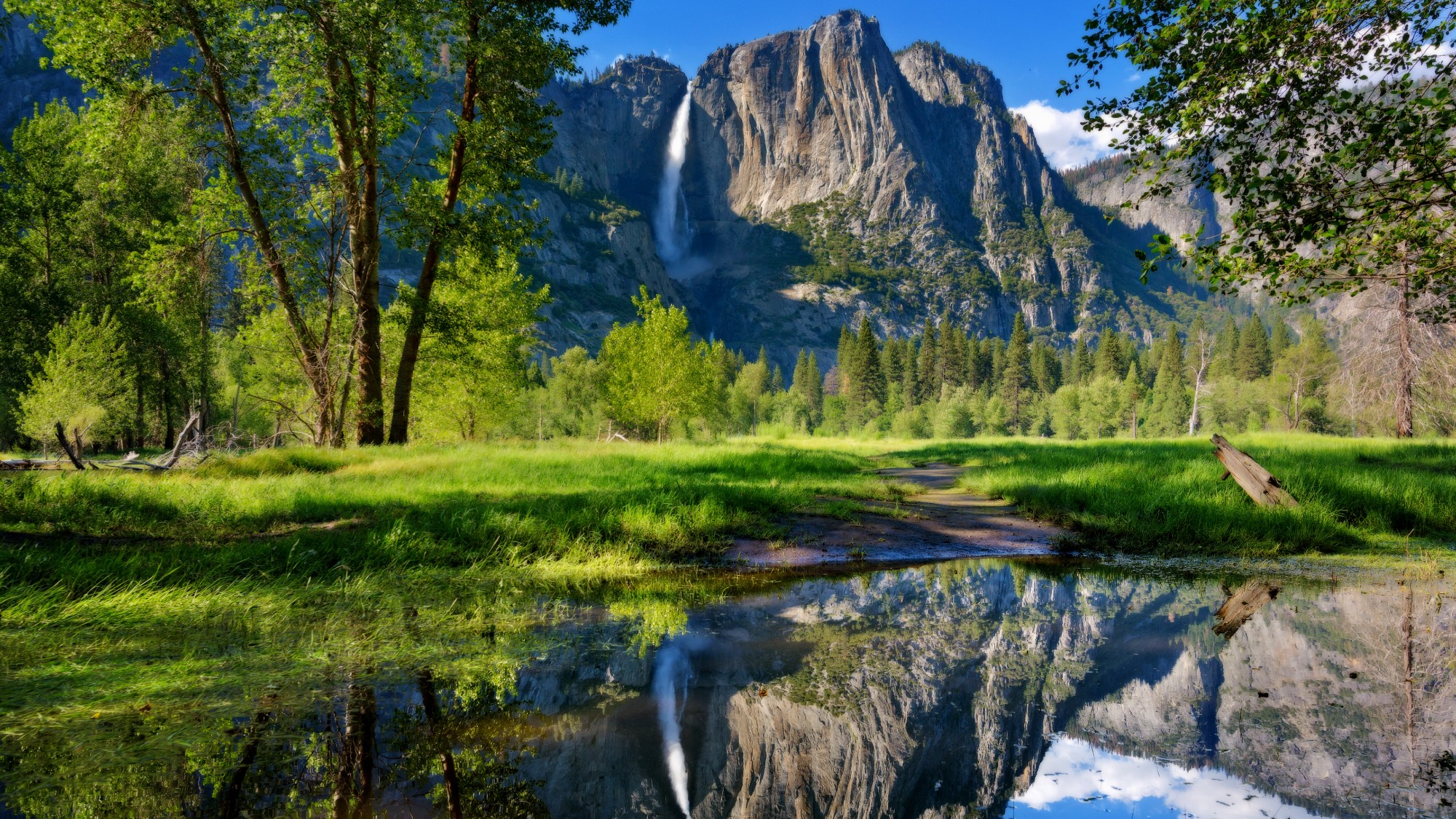 Not every hike has to wipe you out. These 7 treks are easy-breezy.
Not every hike has to wipe you out. These 7 treks are easy-breezy.The Week Recommends These trails won't leave you breathless
-
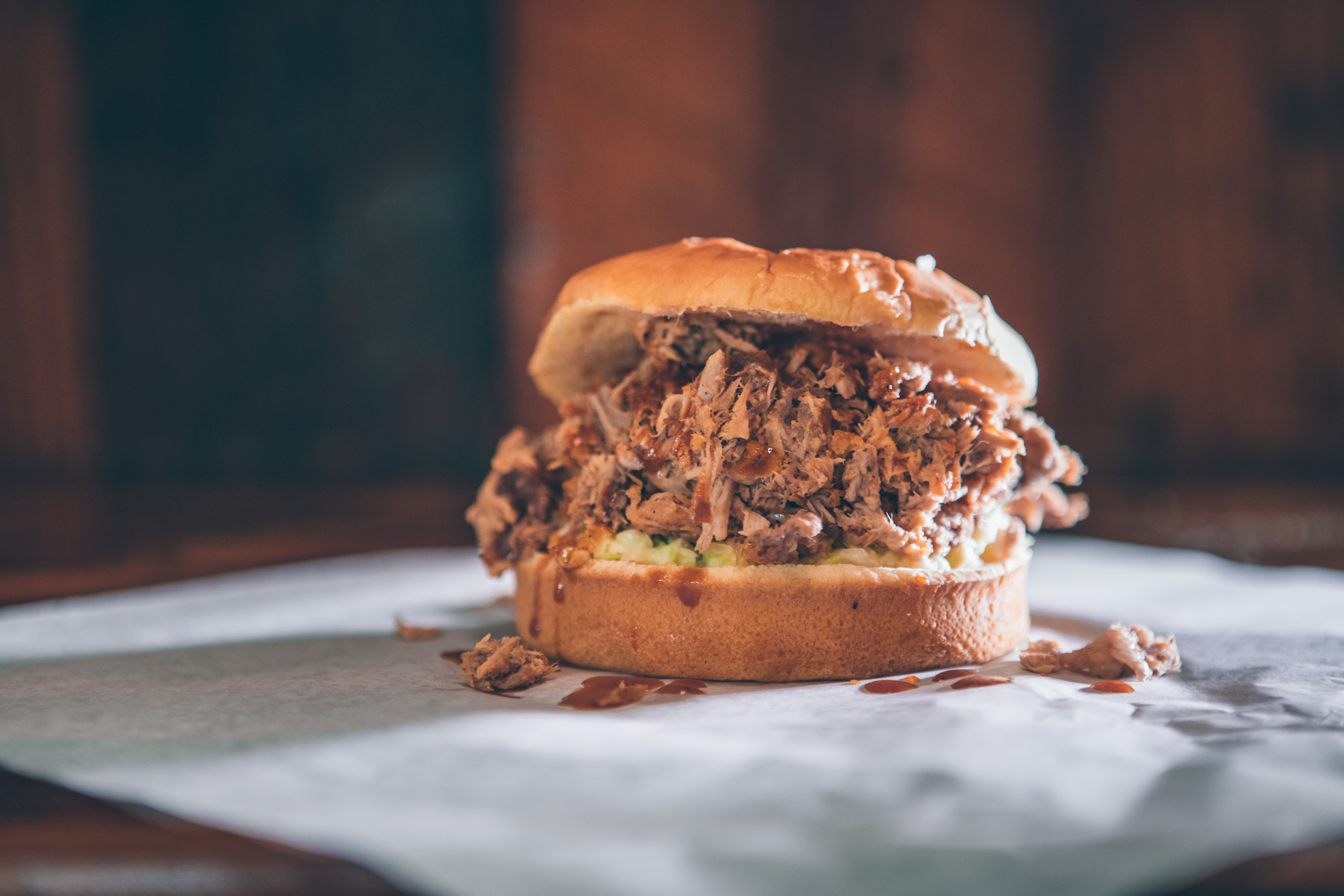 Food trails are the best trails. Eat your way across the US with these 7 regional food journeys.
Food trails are the best trails. Eat your way across the US with these 7 regional food journeys.The Week Recommends Take a bite out of the United States
-
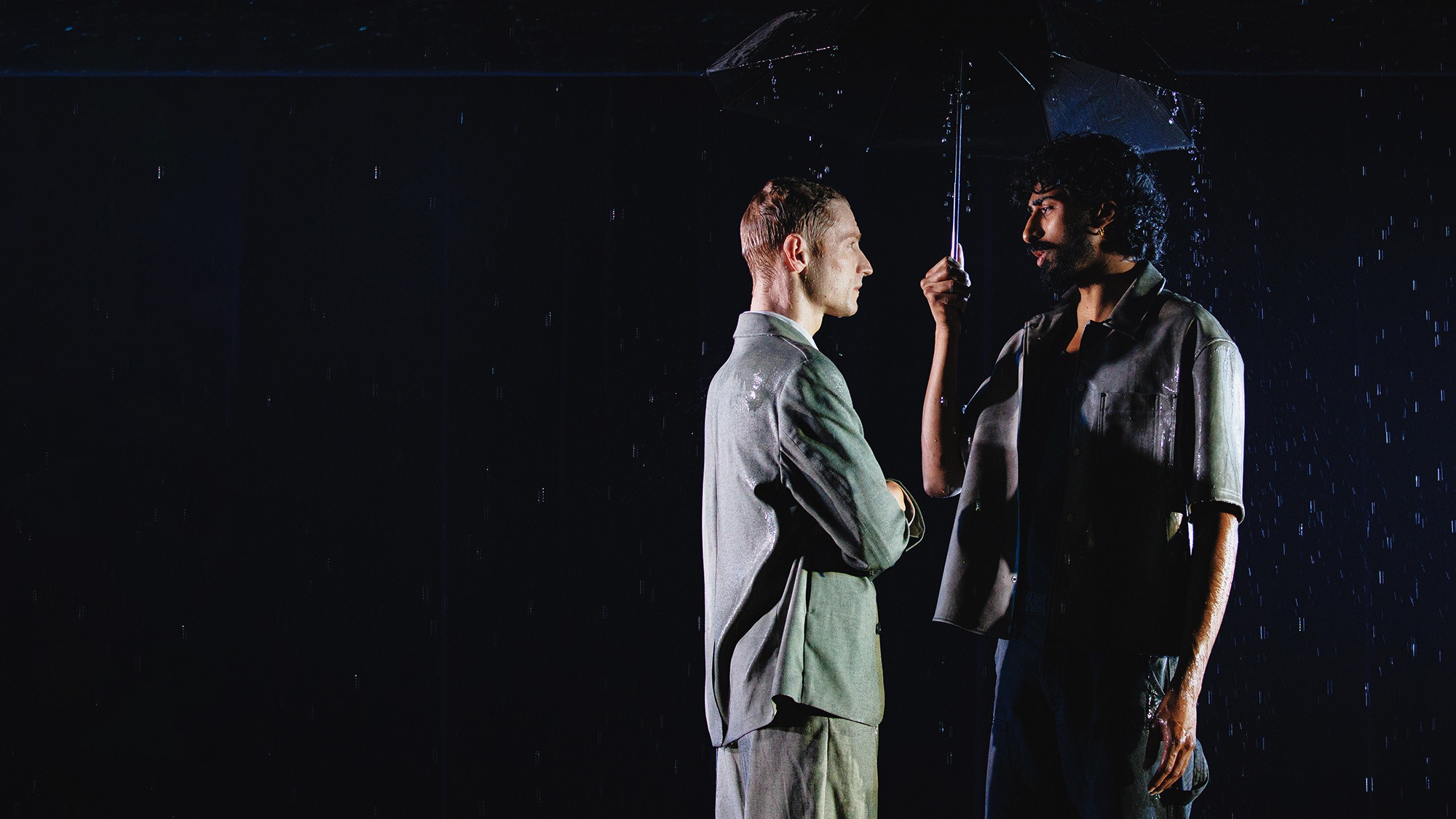 Sex, drugs and a royal ruckus: the US play with a future gay Prince George
Sex, drugs and a royal ruckus: the US play with a future gay Prince GeorgeTalking Point The controversial off-Broadway show is a hit with audiences in New York
-
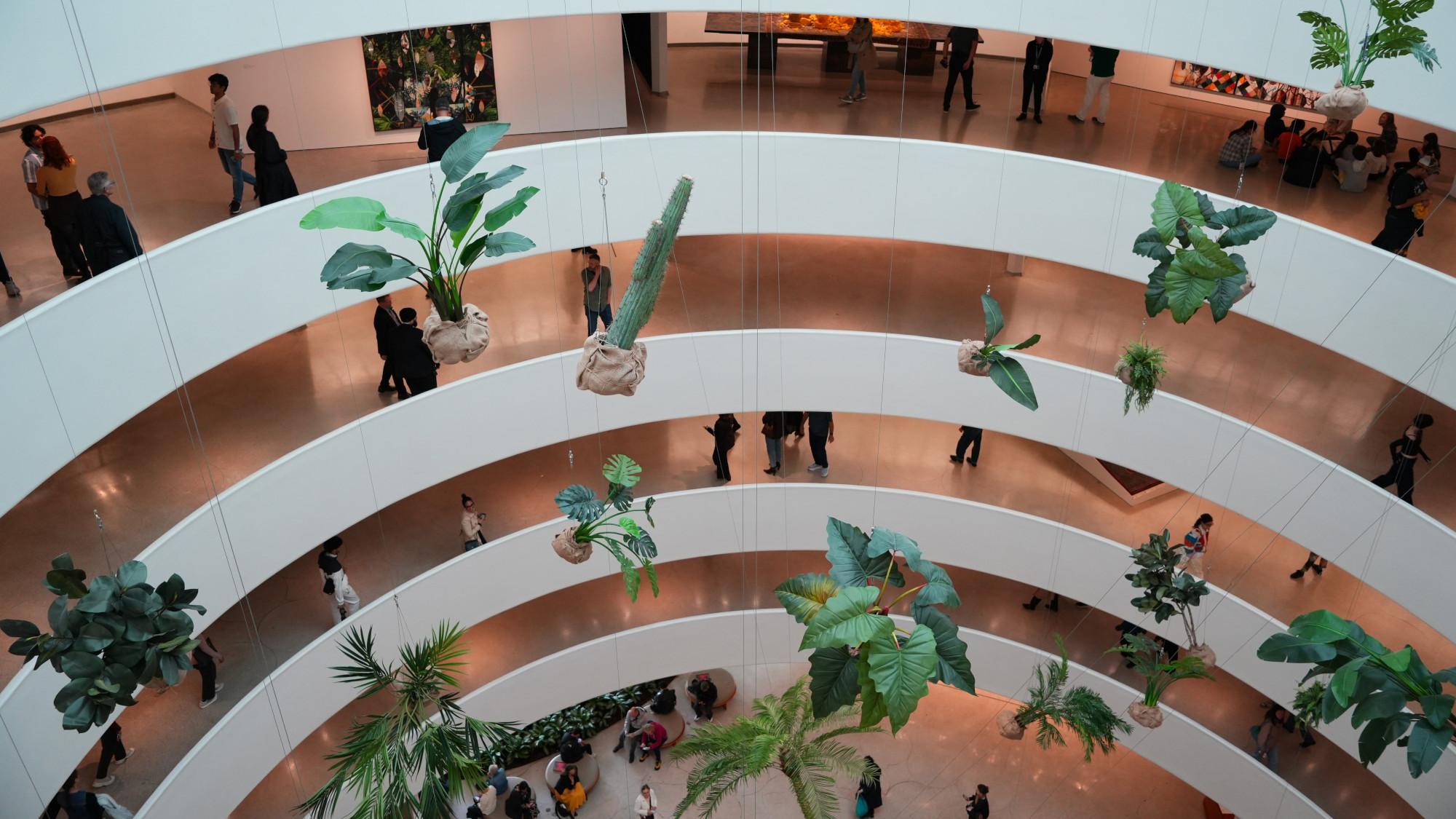 Art review: Rashid Johnson: A Poem for Deep Thinkers
Art review: Rashid Johnson: A Poem for Deep ThinkersFeature Guggenheim New York, through Jan. 18
-
 7 festive hotels that get decked out for the holidays
7 festive hotels that get decked out for the holidaysThe Week Recommends These properties shimmer and shine all December long